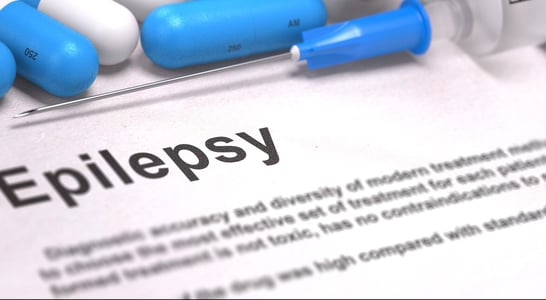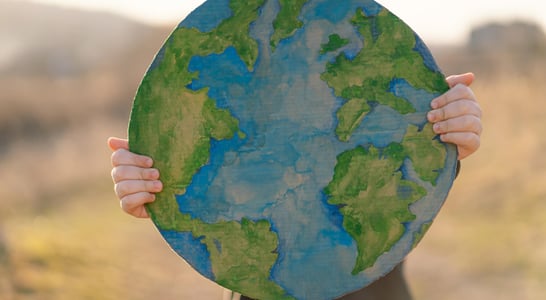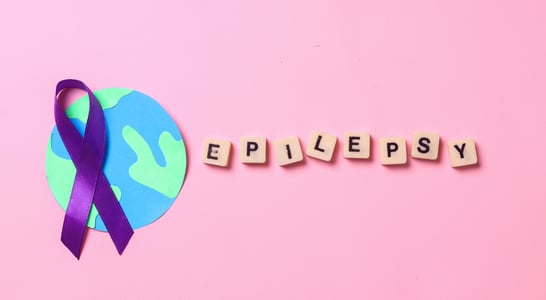
World Pediatric Bone and Joint Day
World Pediatric Bone and Joint Day brings attention to the health of children’s bones and joints. Kids run, climb, and play, but their growing bodies need care.
This day helps families and doctors talk about injuries, joint pain, and bone problems in young people.
These issues can slow down play or even affect how kids grow. When adults notice early signs and take action, children have a better chance of staying active and strong.
Children face different risks than adults. Their bones are still forming, which makes them more likely to get certain injuries or conditions.
Things like bone infections, joint swelling, or spinal changes can start young and lead to long-term problems.
Carrying too much weight or doing the same movement over and over adds stress to young joints. This day reminds everyone to keep an eye on signs that something’s not right and to help kids stay healthy from the inside out.
How to Celebrate World Pediatric Bone and Joint Day
World Pediatric Bone and Joint Day offers a chance to focus on children’s musculoskeletal health. Engaging in activities that promote awareness and understanding can make a significant difference.
Organize a Family Fitness Day
Plan a day filled with fun physical activities like obstacle courses, dance sessions, or yoga classes.
These events not only entertain but also educate families on the importance of regular exercise for bone strength.
Host Educational Workshops
Set up interactive sessions where healthcare professionals discuss common pediatric bone and joint issues.
Providing information on prevention and early detection empowers parents and caregivers.
Launch a Social Media Campaign
Create and share informative content across social platforms to raise awareness. Utilize hashtags and engaging visuals to reach a broader audience and encourage community participation.
Collaborate with Schools
Partner with local educational institutions to incorporate bone health topics into the curriculum. Interactive lessons and activities can instill healthy habits in children from a young age.
Fundraise for Research
Organize events like charity runs or bake sales to support pediatric musculoskeletal research. Funds raised can contribute to advancements in treatment and care for affected children.
History of World Pediatric Bone and Joint Day
World Pediatric Bone and Joint Day started in 2012. A group called the Pediatric Specialty Group from the United States Bone and Joint Initiative launched it.
Their goal was clear—they wanted more people to understand the bone and joint problems that affect children and teens.
Many kids suffer from issues like fractures, scoliosis, and arthritis early in life. These problems can lead to lifelong pain or trouble moving if ignored.
The day is part of a larger event called Bone and Joint Action Week. That week brings attention to different muscle and joint concerns. For World Pediatric Bone and Joint Day, the focus stays on growing bodies.
Each year brings a new topic, such as how poor diet or obesity can affect bone health. In some years, the spotlight has been on vitamin D, posture, or early signs of joint disease.
Doctors, teachers, parents, and children all take part. They join discussions, attend events, and share helpful tips. These efforts encourage early care and better habits. The organizers believe that learning about these conditions leads to quicker help.
That help gives children a better shot at living pain-free and staying active. This day reminds us that strong bones and joints support a full, healthy life from the start.
Also on ...
View all holidaysInternational Gin and Tonic Day
Mac and cheese, PB and J, Pickles and Rye…Gin and Tonic is a classic combination beloved by all. Mix them together, add some lime, and feel the refreshment.
National New Friends Day
In life's vibrant tapestry, weaving connections opens doors to fresh horizons, and sprinkles joy into everyday moments.
We think you may also like...
SUDEP Action Month
Don’t just raise awareness: on SUDEP Action Month, take actions to help all of society understand sudden death from epilepsy and how to mitigate the risk.
Sepsis Awareness Month
Join or host an event, educate yourself, and raise awareness about the causes and signs of sepsis. It could save your life or the life of another someday.
One Health Day
Addressing global health issues requires collaboration, innovative solutions, and sustainable practices to improve well-being worldwide.








